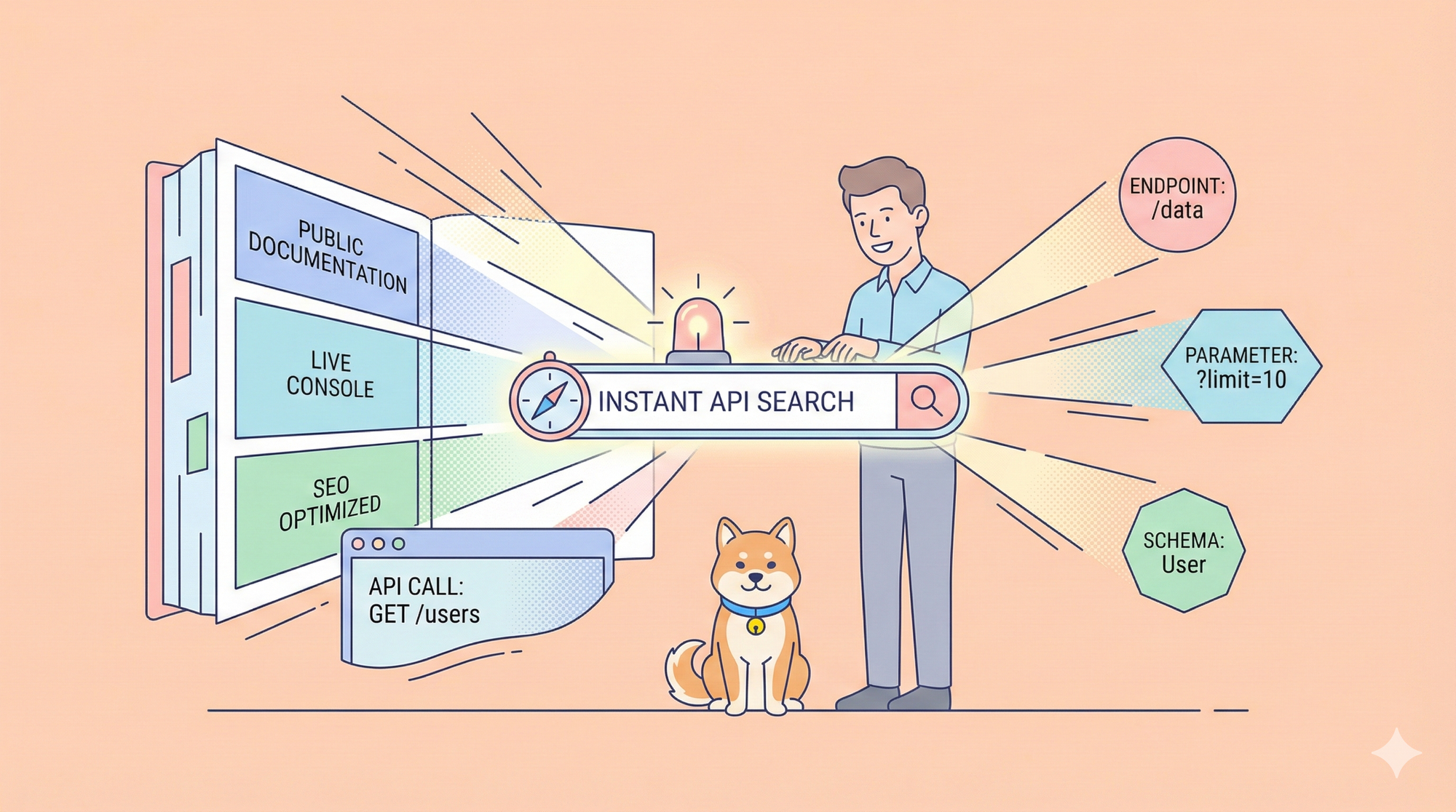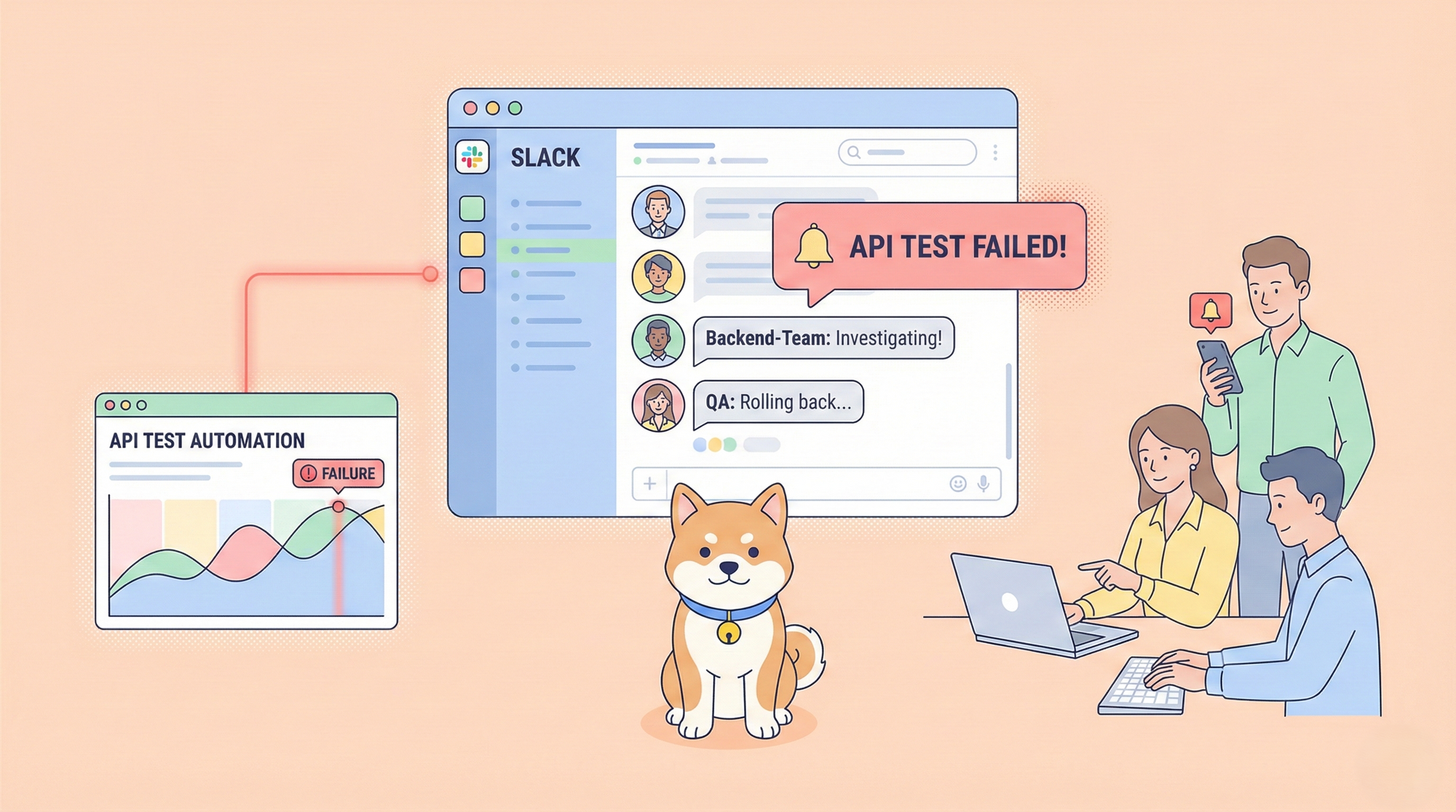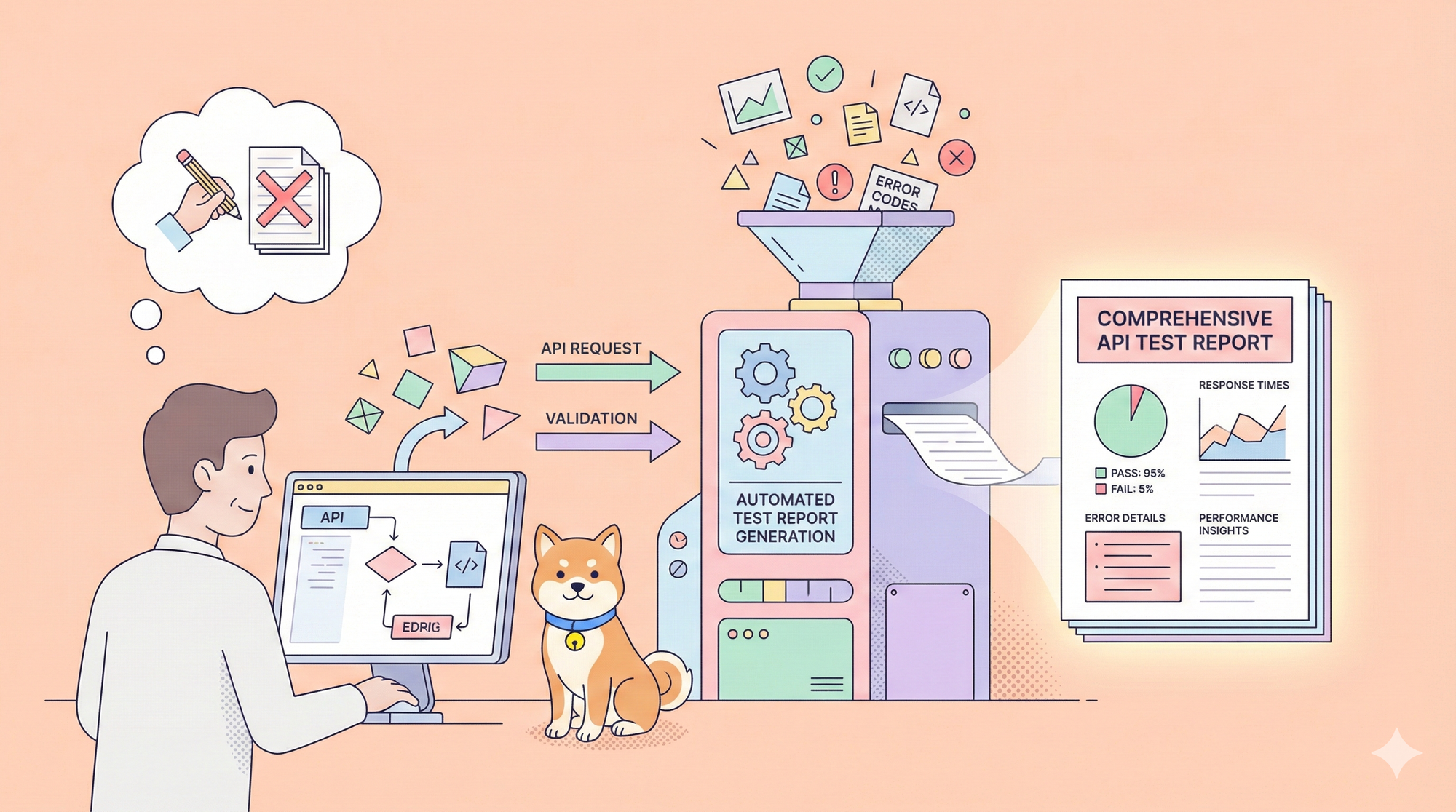Codeless automation testing tools have revolutionized the software testing landscape by enabling testers to create and execute tests without extensive coding knowledge. These tools offer intuitive interfaces, often with drag-and-drop functionalities, making test automation accessible to a broader range of professionals. In this article, we present the top 10 codeless automation testing tools to consider in 2025, highlighting their key features, benefits, and ideal use cases.
What is Codeless Automation Testing?
Codeless automation testing allows testers to create and run tests without writing any code. Using intuitive, drag-and-drop interfaces, these tools simplify test creation, maintenance, and execution. Codeless testing is ideal for teams that want to speed up their QA process and integrate automated testing into their development workflows, without requiring coding expertise.
By offering features like AI-driven maintenance and seamless integration with CI/CD pipelines, codeless testing tools help teams automate repetitive tasks, run tests across multiple environments, and quickly identify issues. This approach accelerates software development cycles and enhances overall software quality.
Top 10 Best Codeless Automation Testing Tools 2025
1. Apidog - All-in-One Collaborative API Testing and Performance.

Apidog is a rising star in the field of codeless API testing and automation. While it might not be as widely known as some of the other tools on the list, it is gaining traction for its unique approach to simplifying API testing without the need for code. Apidog allows users to create, execute, and monitor API tests using an intuitive, visual interface, making it particularly appealing to teams that are new to automation or need a user-friendly solution for their API testing workflows.
Key Features:
- Codeless API Testing: Apidog offers a drag-and-drop interface to create API tests without any coding knowledge. This makes it an excellent tool for teams without dedicated developers or testers.

- Test Automation for APIs: Users can automate their API testing processes with Apidog, ensuring that APIs function as expected across various endpoints and environments.


- Seamless Integration: Apidog integrates well with popular CI/CD pipelines, providing continuous testing and feedback throughout the development cycle.

- Performance Testing: Conduct load and stress tests to ensure your APIs can handle high traffic and identify performance bottlenecks.
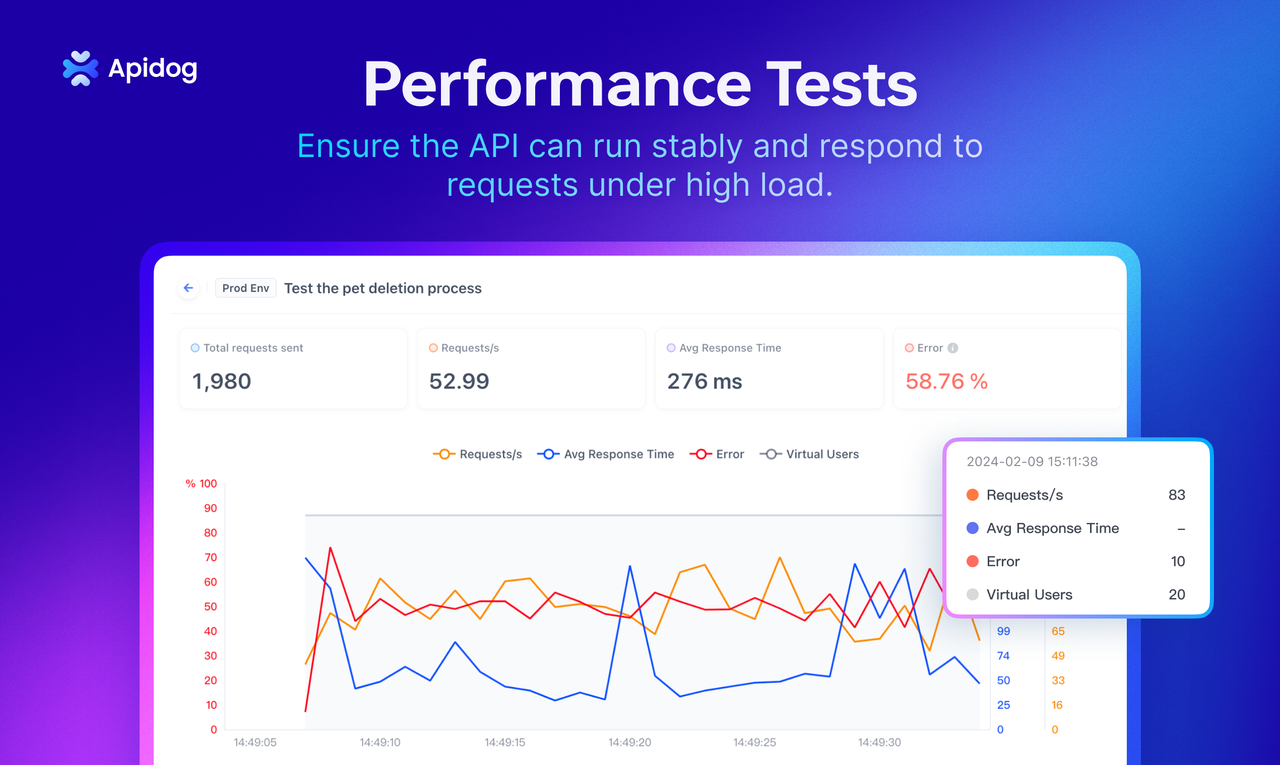
Why Choose BugBug: Apidog is a solid choice for teams that focus on API testing and need a codeless solution. Its ease of use and powerful automation capabilities make it a valuable addition to the list of codeless testing tools. Although it is primarily focused on API testing, its simplicity and efficiency make it an appealing option for those looking to streamline their API testing processes.
2. BugBug

Overview: BugBug is a web-based codeless testing tool specifically designed for Chrome. It allows users to create, edit, and execute tests directly in the browser without needing any coding knowledge. Its simplicity and speed make it an excellent choice for agile teams looking for a lightweight solution. BugBug enables users to test web applications efficiently and offers seamless integration with CI/CD pipelines for continuous testing.
Key Features:
Browser-based test creation and execution, enabling quick test automation.
No installation required, making it ideal for quick setups.
Integration with CI/CD pipelines for streamlined automation workflows.
Why Choose BugBug: BugBug is perfect for teams looking for an easy-to-use, fast, and lightweight tool to automate web application testing. Its user-friendly design makes it suitable for both novice testers and experienced teams.
3. Leapwork

Overview: Leapwork is a robust, visual, codeless automation platform suitable for web, desktop, and mobile applications. Its flowchart-based design allows testers to build automated test cases intuitively, with no coding required. Leapwork offers powerful analytics and reporting features, making it ideal for organizations that need detailed insights into test execution and results.
Key Features:
- Flowchart-based test creation for visual test design.

- Cross-platform testing capabilities, supporting web, desktop, and mobile.
- Detailed reporting, dashboards, and analytics to measure test effectiveness.
Why Choose Leapwork:Leapwork is perfect for organizations that require a visual approach to automation. Its versatility and easy-to-understand interface make it suitable for users across different experience levels.
4. TestCraft

Overview: TestCraft is a codeless Selenium-based test automation platform for web applications. It leverages a drag-and-drop interface to simplify the test creation process. TestCraft allows testers to automate web tests using Selenium’s powerful capabilities without writing any code. Real-time monitoring and reporting features help teams track and analyze test execution effectively.
Key Features:
- Drag-and-drop test creation, enabling fast and efficient automation.

- Based on Selenium, providing robust testing capabilities.
- Real-time test monitoring and detailed reporting for quick insights.
Why Choose TestCraft:TestCraft is ideal for teams that want to leverage Selenium's powerful features but without the need to write complex code. It simplifies the process, making it accessible to non-developers.
5. Ranorex Studio

Overview: Ranorex Studio is a comprehensive codeless automation environment for testing desktop, web, and mobile applications. It offers a user-friendly interface with record-and-replay functionality, making it easy for testers to create automated tests. Ranorex also supports integration with a wide range of tools and platforms, making it a versatile solution for diverse automation needs.
Key Features:
- Support for desktop, web, and mobile testing.

- Record-and-replay functionality for quick test creation.
- Integration with CI/CD tools for streamlined automation.
Why Choose Ranorex Studio:Ranorex Studio is a great option for teams that need a versatile, all-in-one testing tool that works across different platforms and integrates easily with existing workflows.
6. BrowserStack

Overview: BrowserStack offers a low-code automation solution that enables testing across a variety of browsers and devices. Its cloud-based platform provides access to real devices and browsers, ensuring compatibility and performance across different environments. With BrowserStack, teams can automate their tests and perform cross-browser testing without maintaining their own testing infrastructure.
Key Features:
- Extensive browser and device coverage for cross-platform testing.
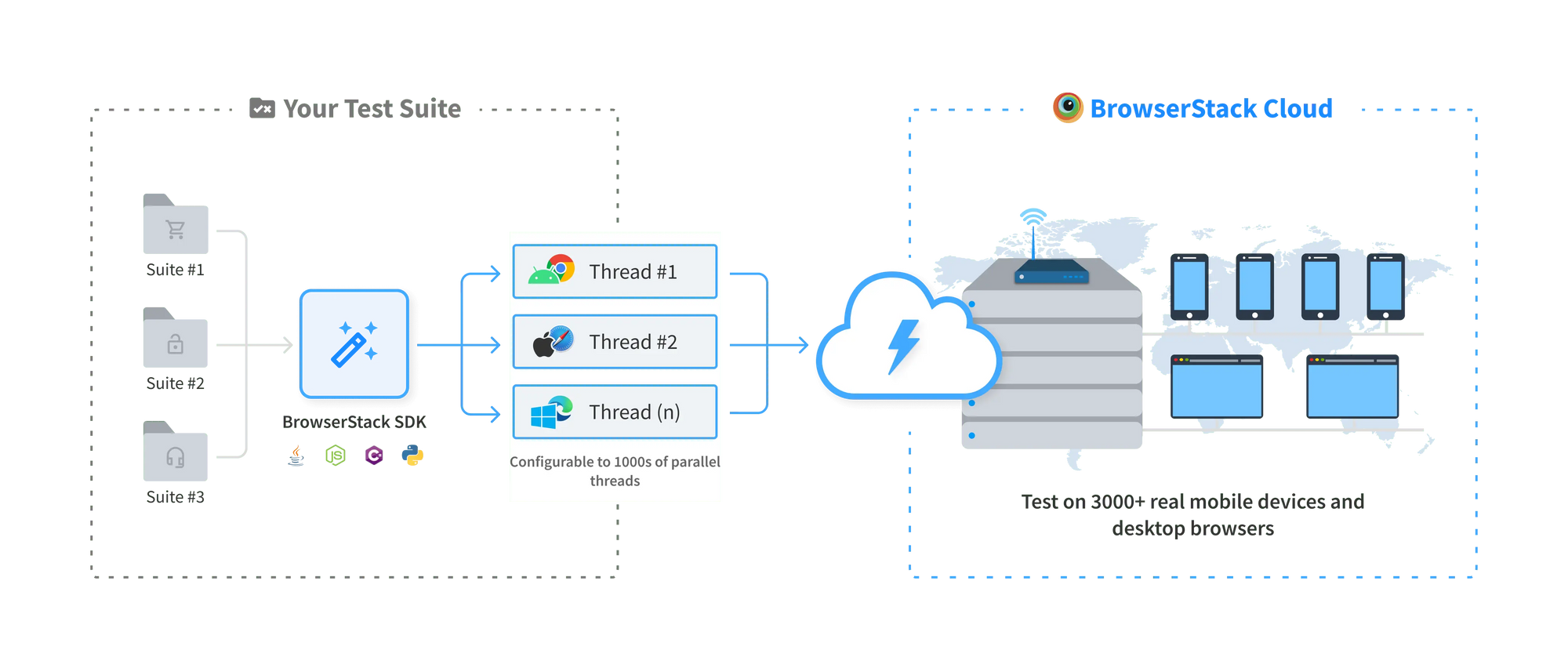
- Cloud-based testing infrastructure that provides access to real devices.
- Integration with popular testing frameworks like Selenium and Appium.
Why Choose BrowserStack:BrowserStack is perfect for teams that need to ensure their web applications work across multiple browsers and devices, all while reducing the cost of maintaining testing infrastructure.
7. CloudQA

Overview: CloudQA is a codeless testing tool designed for web applications. It offers features like record-and-playback, cross-browser testing, and integration with CI/CD pipelines. CloudQA’s intuitive interface makes it easy for testers to create and execute automated tests, while its robust reporting features provide in-depth insights into test performance.
Key Features:
- Easy-to-use record-and-playback functionality for creating tests.
- Cross-browser testing capabilities to ensure compatibility.
- Seamless integration with CI/CD pipelines for continuous testing.
Why Choose CloudQA:CloudQA is ideal for teams looking for a straightforward solution for automating web application testing. Its simplicity and powerful features make it a great choice for both small and large teams.
8. Testim

Overview: Testim leverages artificial intelligence to provide a codeless test automation platform. It allows testers to create stable tests quickly, and its self-healing capabilities minimize the need for maintenance. Testim is designed to work with modern development pipelines, integrating seamlessly into CI/CD processes for continuous testing.
Key Features:
- AI-driven test creation and maintenance for greater stability.

- Self-healing tests that adapt to application changes automatically.
- Integration with CI/CD tools to ensure automated testing in the development process.
Why Choose Testim:Testim is a great choice for teams that want to minimize test maintenance. Its AI-driven features ensure that tests stay relevant and stable, even as applications evolve.
9. ACCELQ

Overview: ACCELQ is a cloud-based codeless test automation platform that supports web, mobile, API, and desktop applications. It offers AI-powered automation capabilities and supports integration with various development and CI/CD tools. ACCELQ’s no-code approach simplifies the test creation process, while its powerful AI features help teams optimize their testing efforts.
Key Features:
- Support for multiple application types, including web, mobile, API, and desktop.
- AI-powered test automation to improve efficiency and accuracy.
- Seamless integration with development and CI/CD tools for continuous testing.

Why Choose ACCELQ:ACCELQ is ideal for teams looking for an AI-driven, cloud-based solution that can handle complex testing requirements across multiple platforms.
10. Mabl

Overview: Mabl is a codeless test automation platform that combines AI and machine learning to automate functional testing. It allows testers to create tests quickly, without writing code, and offers features like auto-healing and intelligent test execution. Mabl integrates easily with CI/CD pipelines, making it an excellent choice for teams practicing continuous delivery.
Key Features:
AI and machine learning-driven test automation for smarter testing.
Auto-healing capabilities to reduce maintenance effort.
Integration with popular CI/CD tools for continuous testing.
Why Choose Mabl:Mabl is an excellent choice for teams looking for intelligent test automation that minimizes manual effort and adapts to application changes.

Conclusion
As software testing continues to evolve, codeless automation tools are becoming a fundamental part of modern development workflows. These tools provide efficient, user-friendly solutions that help testers automate their testing processes without needing extensive coding expertise. Whether you're focused on web, mobile, or API testing, the tools listed above offer powerful features to help you automate your tests, streamline workflows, and improve software quality. By adopting these tools in 2025, teams can accelerate their testing efforts and ensure faster delivery of high-quality software.

